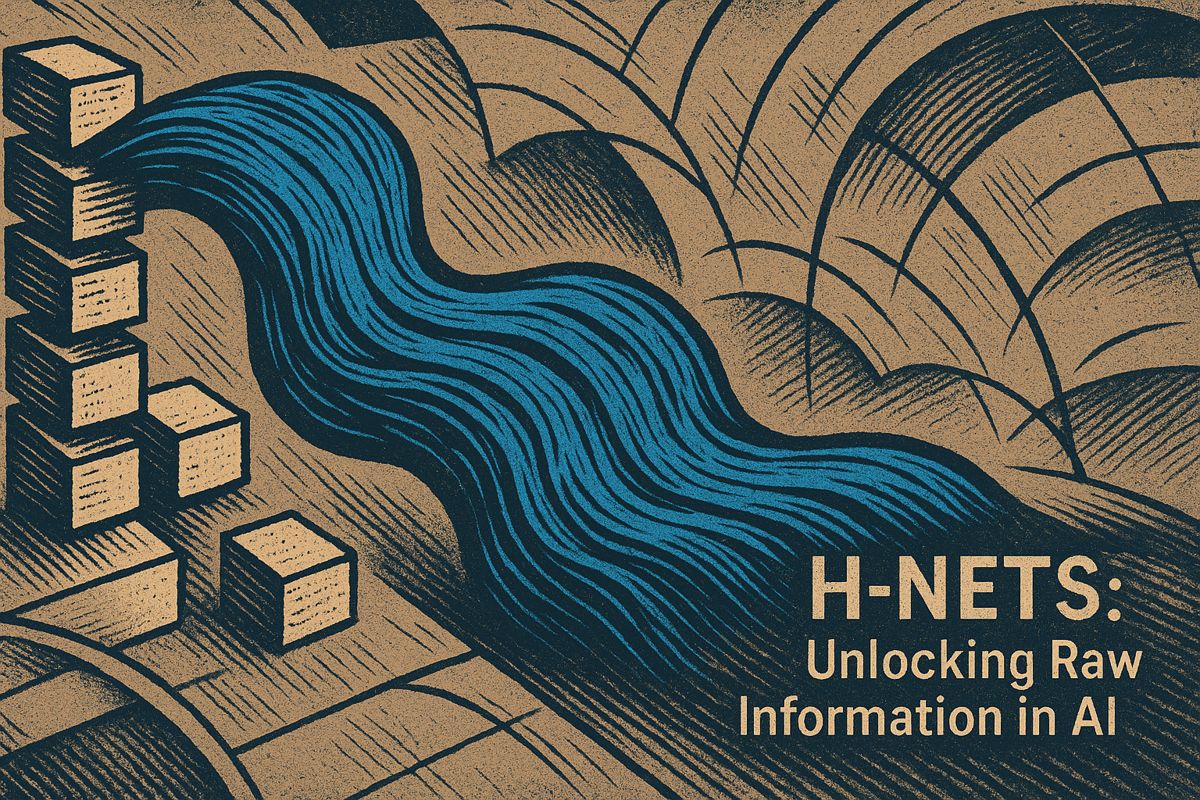The adoption of various AI agent types is revolutionizing marketing, enabling teams to automate complex tasks and make data-driven decisions with unprecedented speed. According to Scott Brinker, creator of chiefmartec.com, these intelligent agents are not just tools but strategic assets that handle everything from lead research to campaign personalization. Understanding how these agents operate is crucial for marketers aiming to maintain a competitive edge in a landscape where software increasingly dictates customer engagement.
The four agent types every team meets in 2025
Marketers are leveraging four distinct AI agent types: internal agents for content and analytics, customer-facing agents like chatbots for service, buyer-side agents that shop for consumers, and human change agents who guide adoption. This framework helps teams strategically integrate AI to improve efficiency and campaign outcomes.
Brinker’s framework, first detailed in a 2024 analysis, groups these tools into four practical categories:
- Internal Agents: Handle tasks like brainstorming, content drafting, and data analytics, freeing up human marketers to focus on strategy and brand voice.
- Customer-Facing Agents: LLM-powered chatbots that can resolve up to 80% of service inquiries autonomously, escalating only complex issues to human teams.
- Buyer-Side Agents: Represent consumers by automating product discovery and price comparison, a trend poised to reshape marketing attribution models.
- Human Change Agents: Leaders who champion new AI-driven processes, ensure brand consistency in outputs, and address the skills gap within the organization.
A concise view of these roles appears in Brinker’s “Four AI Agents” analysis on CMSWire.
Use cases moving from pilot to production
- Lead Research and Sales Enablement: AI agents automate the creation of prospect dossiers, personalized messages, and pitch decks, significantly shortening the lead-to-revenue cycle. This high-impact use case is already in production for many early adopters.
- Campaign Optimization: Internal agents continuously scan marketing data to recommend new segments and automate A/B testing, driving real-time improvements. According to Brinker’s 2025 Martech Supergraphic, tools with agentic logic are seeing the fastest growth among over 15,000 products Chiefmartec.
- Data Orchestration: Functioning like next-generation iPaaS, AI agents connect disparate marketing systems. They autonomously map data fields, configure workflows, and monitor data quality, reducing reliance on developer resources for integration tasks.
Quick wins for the first 90 days
- Integrate an internal writing copilot to accelerate content production.
- Launch an LLM-powered chatbot on high-traffic pages, connected to your knowledge base.
- Task an orchestration agent with monitoring and flagging data mismatches between your CRM and marketing automation platforms.
Each initiative delivers measurable productivity while teaching stakeholders how to supervise AI outputs responsibly.
Metrics and governance
The operational impact of AI agents is immediate and significant, with firms reporting cost reductions of 60–90% on repetitive tasks and double-digit increases in email engagement. However, robust governance is essential to avoid what Brinker calls “AI slop” – low-quality or brand-damaging content from unsupervised AI. Best practices include implementing human review loops, maintaining transparent data policies, and providing hands-on training for teams managing multi-agent systems.
Looking forward
The most disruptive trend on the horizon is the rise of buyer-side agents that research and negotiate for consumers. This shift will compel marketers to move from traditional SEO to “AI Engine Optimization” (AEO). AEO focuses on structuring product data and pricing in machine-readable formats, making it instantly accessible to these autonomous agents. Proactive companies are already creating these data feeds to secure visibility in this emerging channel.
While agentic AI is in its early stages, its influence on content creation, strategic decision-making, and service delivery is expanding rapidly. Organizations that combine technical adoption with strong change management will successfully turn AI experimentation into a lasting competitive advantage.



















